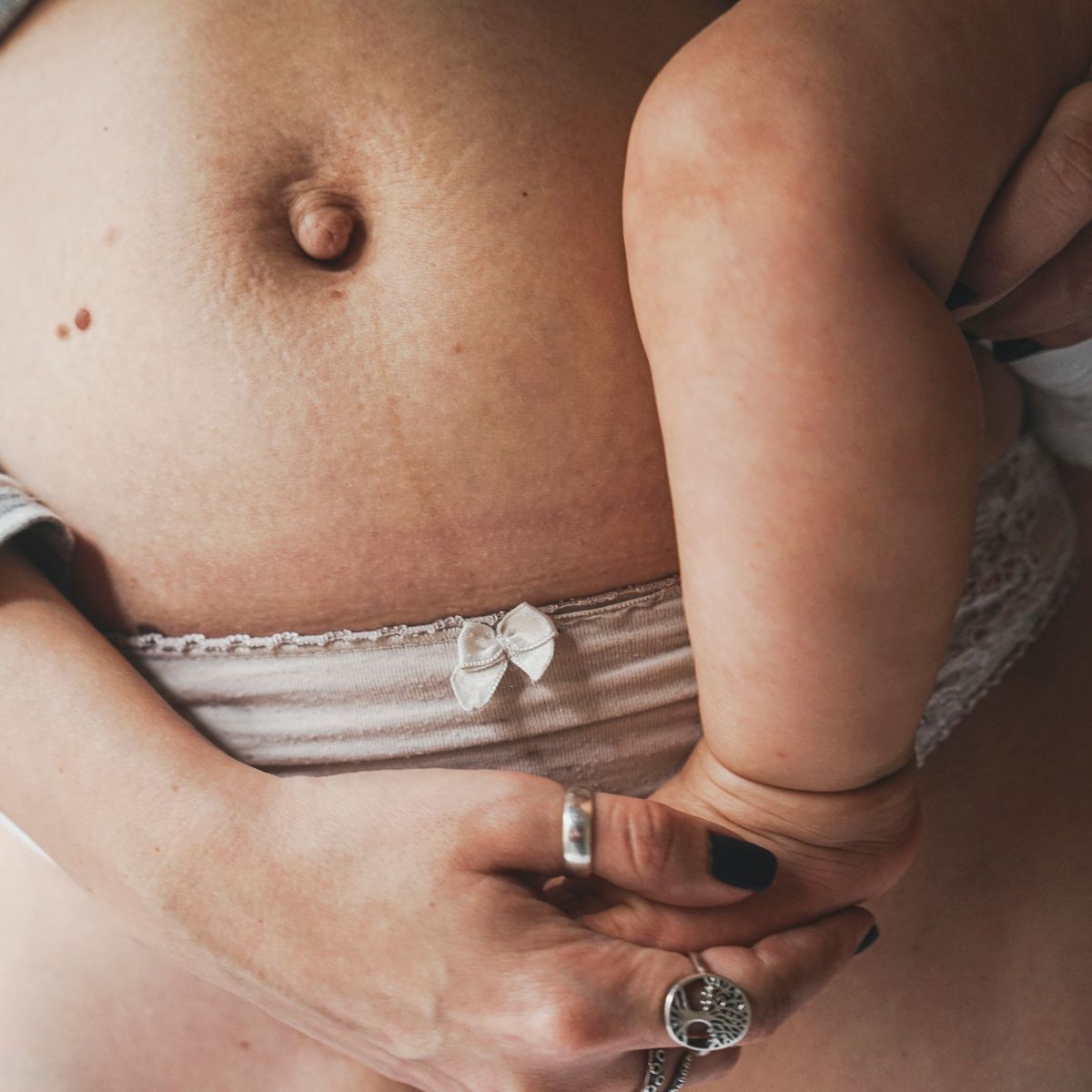Chest inflammation - new guidelines
Christine Clausen
Since new guidelines for the treatment of mastitis have recently been released, here is a brief summary. I am not a healthcare professional. If you suspect you have mastitis, you should always contact your own health nurse and/or doctor. You can find references and sources this article is based on at the bottom of the article.
It’s important to talk about mastitis because, in addition to being painful, it’s one of the most common reasons women stop breastfeeding earlier than they wanted. There isn’t a complete scientific overview of how many women develop mastitis during their breastfeeding journey, but estimates range from 10% up to 25%.
See also: Products that help you with breastfeeding
Since the new guidelines contradict previously given recommendations in some areas, it’s important to stay updated so you don’t risk making a possible case of mastitis worse.
If you search online for advice about mastitis, you’ll find plenty of tips and guidance (even from official sources) that, in light of new knowledge in the field, may be incorrect.
In this older information, the importance of thoroughly emptying the breasts during breastfeeding and possibly supplementing with pumping is often emphasized. This practice can be misleading, as the breast can never be completely emptied—about a third of the milk remains even after effective breastfeeding. Additionally, correct guidance is crucial when pumping, because possible overproduction of breast milk can worsen mastitis. Traditionally, it was believed that mastitis was solely caused by milk buildup in the breast. This is not scientifically documented. Research has shown that several factors play a role in the development of mastitis.
One of the most common pieces of advice you’ll come across is to use warm compresses on the breasts—but the new recommendations are the opposite, suggesting cool compresses to reduce inflammation. More on that below. There are certain factors that increase the risk of developing mastitis. If you have a strong letdown and high milk production, or if you’ve had mastitis before, your risk of developing it again is higher. Unlike the old guidelines, the new ones focus not on draining the breast, but on reducing swelling in the breast tissue. It’s recommended to reduce pumping in order not to stimulate further production—pumping can, in the worst case, also damage the nipple if the setting is too strong or the flange is too small.
It’s still recommended to breastfeed at least 8 times a day. Good latch and breastfeeding positions are important. The laid-back breastfeeding position can be helpful because the breast is often so engorged that the baby can’t get a good latch. The baby’s chin should ideally be placed toward the affected area. One of the new recommendations is to use cool compresses for 10–20 minutes between feedings—this will help relieve swelling in the edematous (fluid-filled) area around the milk ducts, which prevents milk from flowing. It’s very important not to “massage” the breast with hard pressure in an attempt to “help the milk out.” This can damage the tissue and worsen the condition. The health nurse can recommend and instruct you in performing lymphatic drainage instead. Breastfeeding shouldn’t be painful. It’s recommended that the breastfeeding parent contact their doctor to get a prescription for pain relief—typically paracetamol (Tylenol) and ibuprofen (Advil). If bacterial (infectious) mastitis is suspected, it’s important to start antibiotic treatment. You can continue breastfeeding even while being treated with antibiotics. The importance of the partner’s role is also highlighted in the new guidelines. With mastitis, you’re often very exhausted and unwell, and you need to focus your energy on getting better. The practical and emotional support a partner can provide is incredibly important.
So, a quick summary:
❌Do not try to "empty the breast"
❌Do not stimulate the breast for extra milk production, e.g., by pumping
❌No deep massage
❌Warm compresses are no longer recommended
✅ Consider trying lymphatic drainage in collaboration with your health visitor
✅ Use cool compresses for 10-20 minutes between each feeding
✅ Breastfeed at least 8 times per day
✅ If your breasts feel very engorged, the laid-back breastfeeding position is recommended
✅ It's helpful if your baby's chin is placed against the inflamed area
✅ Get breastfeeding guidance from your health visitor or a lactation consultant
✅ Your partner should support the breastfeeding parent
✅ Contact your doctor if you have pain or suspect a bacterial infection
You can find products that support a positive breastfeeding experience here.
Sources: The above article is summarized from information found at: https://www.sundhedsplejersken.nu/mastitis-fra-teori-til-praksis/ by Kathrine Ludvigsen, Charlotte Nøhr-Rasmussen, and Kristine Aagaard
Sources used above:
- Danish Health Authority (2021), Breastfeeding – a handbook for healthcare professionals. https://www.sst.dk/-/media/Udgivelser/2018/2023-03-14-Amning_2023-03_web.ashx?sc_lang=da&hash=E62927D4277ED060701B99B9E0E88AAB
- Wambach, K. and Spencer, B. Eds. (2021). Breastfeeding and Human Lactation. Sixth Edition. Jones and Bartlett Learning.
- Wilson, E., Wood, S. L. and Benova, L. (2020) Incidence of and Risk Factors for Lactational Mastitis: A Systematic Review. Journal of Human Lactation. 36 (4) 673-686. https://pubmed.ncbi.nlm.nih.gov/32286139/
- Tøkje, I et. al. (2021) Women’s experience of treatment for mastitis: A qualitative study. PubMED Central. https://www.ncbi.nlm.nih.gov/pmc/articles/PMC8240874/
- Mitchell et. al. (2022) Academy of breastfeeding medicine clinical Protocol #36: The Mastitis Spectrum, Revised 2022. https://www.bfmed.org/assets/ABM%20Protocol%20%2336.pdf
- Walker, M. (2021) Breastfeeding Management for the Clinician. Using the Evidence. Fifth Edition. Jones and Bartlett Learning.Douglas (2022) Re-thinking benign inflammation of the lactating breast: Classification, prevention and management. Women’s Health, London. https://pubmed.ncbi.nlm.nih.gov/35441543
- Breastfeeding Network (2022) Mastitis and Breastfeeding. https://www.breastfeedingnetwork.org.uk/wp-content/uploads/2022/12/BfN-Mastitis-Leaflet-December-22.pd
- Sundhed.dk (2021) https://www.sundhed.dk/sundhedsfaglig/laegehaandbogen/obstetrik/tilstande-og-sygdomme/efter-foedsel/mastit/
- Ammehjelpen, Laid-back breastfeeding – a comfortable position for you and your baby: https://ammehjelpen.no/tilbakelent/
- https://www.lllusa.org/wp-content/uploads/2017/02/laidbackbreastfeeding-1.jpg






